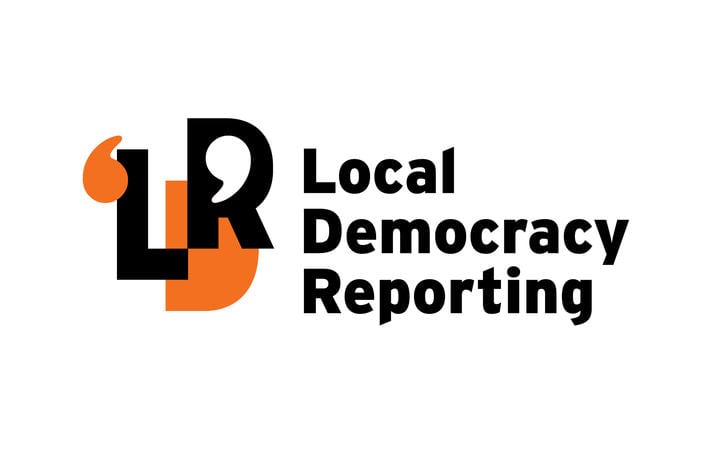Northland’s groundbreaking mechanical caulerpa suction dredge could soon head to Aotea Great Barrier Island to help the fight against the invasive seaweed.
It comes after the government provided a $5 million boost to accelerate the work to eradicate caulerpa.
Northland Regional Council chairman Geoff Crawford said the funding would go towards further improvements to the Bay of Islands’ innovative mechanical suction dredging technology, which is being trialled to eradicate the invasive seaweed from its Omākiwi Cove.
The mechanical caulerpa suction dredge, developed by Andrew Johnson, of the Bay of Islands, could then potentially move to Aotea Great Barrier Island, where caulerpa infests swaths of traditional food-gathering and boat-anchoring areas.
The government has banned boat anchoring in 10sq km of coastline to limit the spread.
Crawford said $650,000 of existing government funding enabled the initial Omākiwi suction dredge trial to get off the ground. The newly announced funding was critical for improving and scaling up its operation.
“Together with our mana whenua partners we have been urging the government to step up its investment in getting rid of this devastatingly invasive seaweed, and we’re really pleased to see this funding come through.
“This is a game-changer, a real opportunity for us to remove this highly invasive seaweed at scale, not just here in Te Tai Tokerau, but in the other places it’s been found too,” he said.
The funding announcement comes after Biosecurity Minister Andrew Hoggard visited the Omākiwi Cove caulerpa suction dredge this month to check out its operation.
The 2ha Omākiwi Cove trial of the mechanical suction dredge would now switch to full operational mode towards eradicating caulerpa across the whole of Omākiwi Cove.
Hoggard said early trial results looked promising.
“We want to continue to improve the technology so it can operate at pace with increased efficiencies and see if elimination in certain places is actually possible.
“New Zealanders value the marine environment highly and we need to keep up this fight as we continue to search for ways to get rid of this invasive pest. The extra $5m announced today will support this effort,” he said.
“The time is now to really lean in and build on the work of Biosecurity New Zealand, mana whenua, communities and local authorities to understand the pest and prevent its spread.”
The funding will also go towards managing the edges of Aotea Great Barrier Island’s caulerpa infestation before potentially larger-scale suppression work there — with the likely involvement of the Bay of Islands’ caulerpa suction dredge.
It will also be researching improved surveillance for new areas of caulerpa. This work will be done on Waiheke Island’s widespread caulerpa infestation. It will also be used towards advancing caulerpa elimination trials at Kawau Island’s Iris Shoal.
Work will also be done to further check out Ahuahu Great Mercury Island’s caulerpa infestation.
A national steering group will be set up to seek stakeholder and community input into future management, strategy and decision-making.
■ LDR is local body journalism co-funded by RNZ and NZ On Air.



